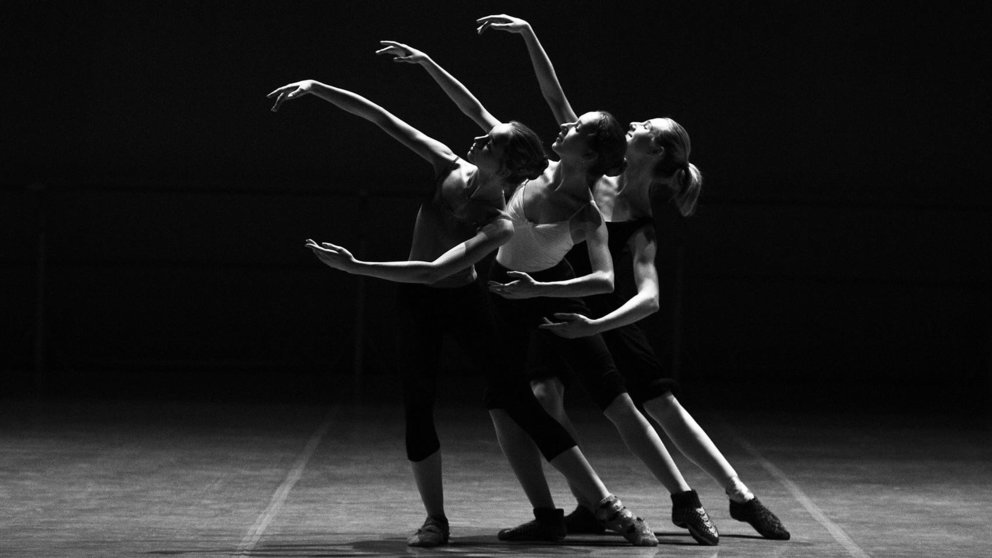In Finland only 60% of the persons employed in cultural occupations had a permanent employment relationship, while the corresponding share for those working in other occupations was 73 per cent.
This is demonstrated by the latest data published by Statistics Finland, which show an important gap between people employed in cultural occupations and the rest of the workers. The Finnish statistical office explains this huge difference "by the large share of self-employed persons" in the cultural field.
According to the numbers from the Labour Force Survey, at the end of 2018 there were 135,000 persons working in cultural occupations. Of them, 73% were working as wage and salary earners (13% with temporary positions) and the other 27% were self employed. In other occupations, the average shares are 87% for wage and salary earners and 13% for the self-employed.

Part-time work is more common
Part-time work was also considerably more common in cultural occupations than in other occupations. 23% of those in cultural occupations had a part-time job, while in other occupations only 16 per cent worked part time.
Persons working in cultural occupations often perform project-type short-term jobs, and several simultaneous jobs are also common. Around 11% of those in cultural occupations had more than one job and some 6% worked in other occupations in 2018.
The average weekly working hours of those working in cultural occupations as their main job are slightly shorter than among those in other occupations. It was 32 hours in cultural occupations and nearly 36 hours in other occupations.
In both cultural occupations and industries, the number of men and women on the total level is almost equal.

Cultural professionals are highly educated. 64% of those working in cultural occupations had tertiary level education, while the share was only 43% in other occupations. 28% of those employed in cultural occupations had upper secondary level education. Only 8% had not acquired post-basic level education.
Earnings in cultural occupational groups
In 2017, over 29,000 workers in cultural occupations were employed in the private sector. Of these, 49% were women. In the private sector, the average regular monthly earnings of cultural occupation groups were 3,596 euros. Men were on average better paid: the average amounts by gender were for men 4,004 euros and for women 3,297 euros.
Advertising and public relations managers attained earnings of over 6,000 euros. The average earnings of men were 6,413 euros and of women 6,237 euros. The earnings were lowest, 2,431 euros, among technical employees at galleries, museums and libraries, according to Statistics Finland.
A total of 412,509 persons were working in the local government sector in 2018. Around 6,000 of them worked in cultural occupations. In the local government sector, the average regular monthly earnings were 3,105 euros, but in cultural occupations, it was 2,942 euros, on average. Theater directors earned most, 5,351 euros, on average.
City architects also attained earnings of over 5,000 euros. By contrast, museum assistants earned 1,870 euros, on average.












